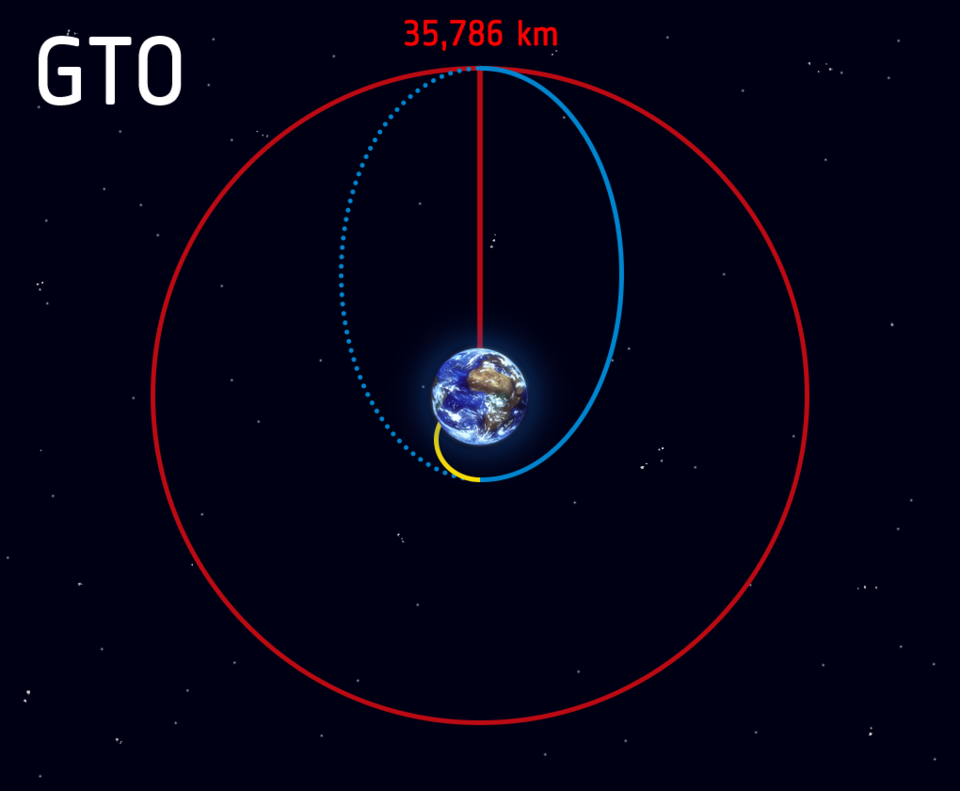- A polar orbit is one in which a satellite passes above or nearly above both poles of the body being orbited (usually a planet such as the Earth, but possibly another body such as the Moon or Sun) on each revolution. It therefore has an inclination of (or very close to) 90 degrees to the equator.
- A sun-synchronous orbit passes by any given point with the same local solar time, which is useful for consistent lighting and sun angle. Out of the three types of orbits (low, medium, and high Earth orbits), polar orbits often fall into low Earth orbits.
- A sun-synchronous orbit is an orbit around the Earth, where the movement of the satellite always looks the same when viewed from the Sun. A satellite in a sun-synchronous orbit still orbits the.
- Satellite Orbit Orbit Period 98.9 minutes Time of Day 10:30 am (Local) Example of a sun-synchronous polar orbit with an orbital altitude of 705 km above the Earth’s surface, an orbital peri-od of 98.9 minutes, resulting in 14.3 orbits per day, and an orbital inclination of 98.2° at the Equator.

With a suitable inclination, about 8 degrees off the polar orbit, that motion matches the slow motion of the Sun across the sky. If the satellite then starts near a noon-midnight orbit, it will always pass near noon and near midnight. A noon-midnight 'Sun-synchronous' orbit was actually used by some DMSP satellites.
 [an error occurred while processing this directive]
[an error occurred while processing this directive][an error occurred while processing this directive]
(Files in red–history) Index 10a. Particle Drift 11. Explorers 1/3 11a. Geiger Counter 12. Rad. Belts 12H. Argus 1958 12a. Inner Belt 12b. Outer Belt 13. Fast Particles 15. Energy 16. The Sun 16H. Schwabe, 1843 16a. Schwabe paper 16b. Carrington, 1859 17. The Corona |
[The formula for the period T of a satellite orbiting the Earth in a circle of radius R Earth radii can be derived from Kepler's 3rd law (see here for the details) and is (x here denotes multiplication) If you have a suitable calculator, you can easily check the value of T for R=6.6] A satellite orbiting above the equator at that distance keeps its position above the same spot on the ground; hence this is known as the synchronous orbit, from the Greek syn--same, chronos--time. Such an orbit is useful first and foremost for communication satellites, because a ground station linked to the satellite will always be in touch with it, as long as its antenna points to a fixed spot on the sky. |


The same holds for satellite dishes receiving TV broadcasts from such satellites, and of course, weather satellites designed to monitor (say) US weather will always have the proper view if parked in a synchronous orbit and facing the US. The NOAA agency of the US government ('National Oceanic and Atmospheric Administration') maintains in a set of GOES synchronous satellites to observe the weather and monitor the space environment. Images obtained by these satellites are available on the world wide web and are updated every 15 or 30 minutes. NASA's tracking network, too, uses the TDRSS Satellites (Tracking, Data and Relay Satellite System) in synchronous orbit to collect data from near-Earth spacecraft. Currently more than 200 spacecraft share this orbit, most of them commercial communication satellites. The synchronous orbit also happens to be the approximate boundary between the sheltered near-Earth magnetosphere and the outer portions where substorms and other active changes occur. For this reason many synchronous satellites have carried detectors for magnetic fields and for trapped or injected ions and electrons. Interest in that region is driven in part by the realization that the sudden arrival there of a large number of energetic particles, as happens now and then, can charge satellites to many hundreds of volts, can create false signals in their circuitry and can even, in extreme cases, cause serious damage. |
| (Above) The record of electrons intercepted by the synchronous satellite ATS 6 on 20 July 1974. The jagged peaks mark the arrival of electrons in substorms, and they gradually drift away again. The lower energies which persist belong to the plasma sheet of the magnetotail (described in a later section) in which the satellite is immersed for about half of its orbit.Questions from Users: *** Synchronous satellites |
Next Stop: #15. Energy
Sun Synchronous Orbit Animation
- Back to the Index Page
TimelineExpanded timelineGlossary
Author and Curator: Dr. David P. Stern
Mail to Dr.Stern: education('at' symbol)phy6.org
Co-author: Dr. Mauricio Peredo
Spanish translation by J. Méndez
Sun Synchronous Polar Orbit Gif
Last updated 25 November 2001Re-formatted 3-12-2006




